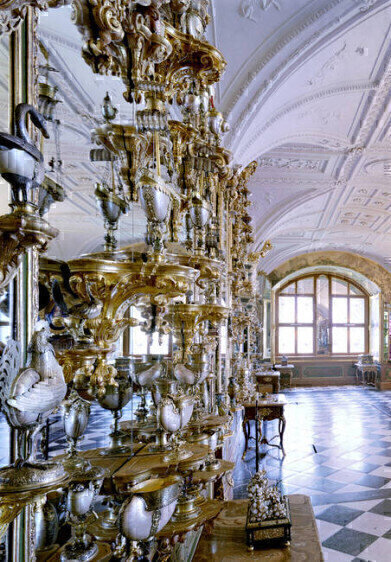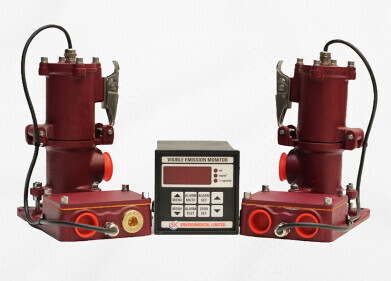Air Monitoring
Mercury Mirrors on the wall...
May 20 2014
The "Grünes Gewölbe" (green vault) in Dresden is a historical museum containing a collection of very specific treasures in Europe. There are treasures to be found like the “Cherry stone with 185 carved faces”, the second largest amber collection beside the lost Amber Room, the “Bernsteinkabinett” and many hand-carved miniatures of ivory. However and last but not least, there is also mercury present in this collection. The “Pretiosensaal”, the Pretiosa Room of Treasures is the largest room in the Historic Green Vault and is completely mirrored. As some of the mirrors had been destroyed during the war, they had to be replaced by replica. The demand was to produce new mirrors according to the old manufacturing method.
A company still having the knowledge how to handle the manual method of coating mirrors got the order to produce mirrors with the method used towards the end of the Middle Ages, the so called Mercury-Mirrors. Mercury was applied on thin polished tin foils, which had been placed on paper. The mercury then was covered with one more paper, followed by glass. With slight pressure the glass had been kept in this position for 10 -20 hours to settle. The upper paper now had been removed. After two weeks the drying process come to an end and the mirror was ready to use. These mirrors are commonly named Mercury-Mirrors, but to be correct they are Tin-Amalgam-Mirrors. It is obvious that this method is very complicated and time consuming compared to modern methods.
The mirrors are obviously a potential source for Mercury in the air. So, during the manufacturing process as well as at their final position in the Green Vault, the air must be monitored for Mercury vapor according to the German legislation. Seefelder Messtechnik GmbH had been asked to install an instrument for permanent monitoring the air in the Pretiosa Room of Treasures to protect personal as well as visitors from being poisoned by Mercury Vapor. This instrument, a Hg-Monitor 3000, is on permanent operation since many years as a monitor for the safety of those people admiring the huge amount of valuable works of art at this place.
Digital Edition
IET 34.2 March 2024
April 2024
Gas Detection - Biogas batch fermentation system for laboratory use with automatic gas analysis in real time Water/Wastewater - Upcycling sensors for sustainable nature management - Prist...
View all digital editions
Events
May 03 2024 Seoul, South Korea
May 05 2024 Seville, Spain
May 06 2024 Minneapolis, MN, USA
May 13 2024 Munich, Germany
May 15 2024 Lund, Sweden


















